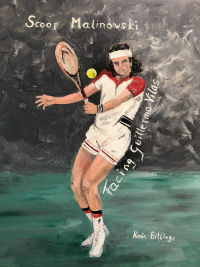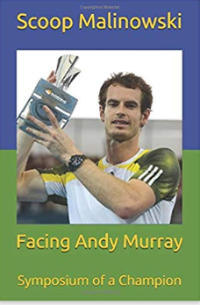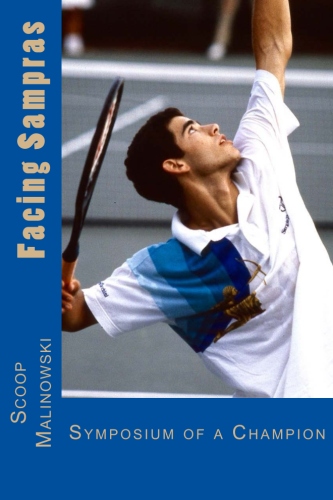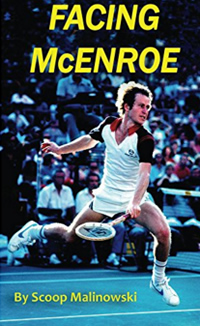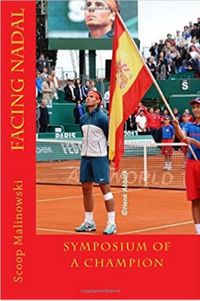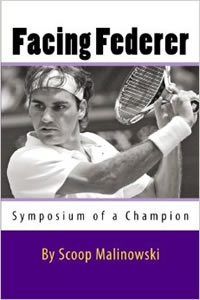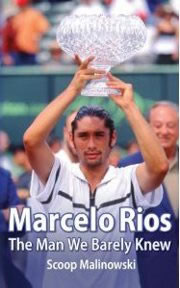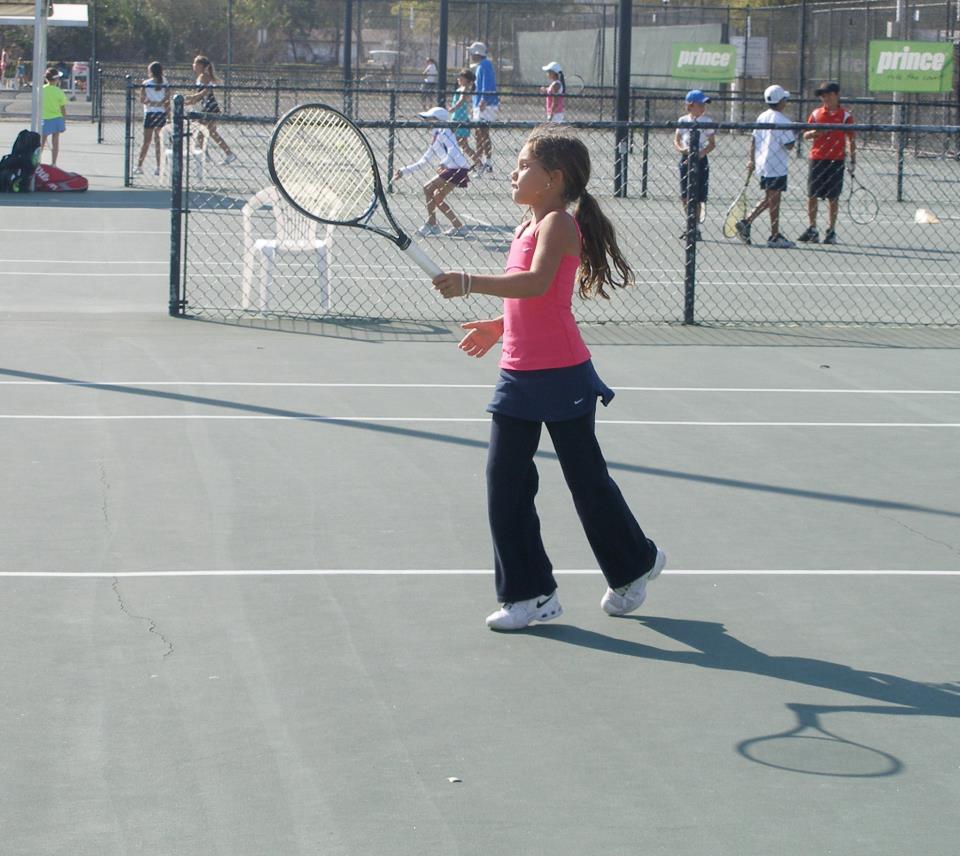
If you aspire to coach competitive tennis players to the highest levels of excellence, you have come to the right place. Here, we will provide a comprehensive guide to developing elite athletes through pro-level coaching techniques. Whether you are a seasoned veteran or just starting in professional tennis coaching, this guide will help provide invaluable insight into all aspects of training and instruction for top-tier competitors. We’ll cover technical drills, physical conditioning programs, psychological preparation strategies, match analysis tactics, and more – so be sure everything you need is at your fingertips!
Understanding the Basics of Tennis
Before we dive into the nuances of coaching, it’s essential to comprehend the foundational elements of tennis. It is a fast-paced, strategic game that demands physical endurance, sharp reflexes, and unwavering mental fortitude. The objective is to strike the ball so that it lands within the opponent’s court, making it difficult for them to return it. Singles matches square one player against another, while doubles matches pit two teams of two against one another. A match is comprised of sets, and sets are composed of games – each having unique scoring rules. Understanding these basics provides a launchpad for developing advanced skills and planning effective coaching strategies.
Technical Skills Development
Developing technical skills in tennis is a cornerstone of professional coaching and includes mastering various strokes, footwork, positioning, and serving.
Mastering Tennis Strokes
Tennis has multiple strokes, each with its technique and strategic purpose. The main ones include the serve, forehand, backhand, volley, and overhead smash. It’s essential to teach your players the correct grip, swing, and body position for each stroke to maximize their power and accuracy.
Perfecting Tennis Footwork
Footwork is crucial to maintaining balance, reaching the ball in time, and positioning oneself for the next shot. Players must learn various types of footwork, such as the pivot, shuffle, and crossover steps.
Understanding Court Positioning
Court positioning is about being in the right place at the right time. Players need to understand where to stand based on their strategy and the opponent’s position and shot type.
Executing the Serve
The serve is the starting shot of each point in tennis and can be a powerful weapon when executed correctly. It requires a combination of strength, precision, and strategy. Different types of serve, such as the flat, slice, and kick, offer distinct advantages and should be part of a player’s arsenal.
Physical Conditioning for Tennis
Physical conditioning is paramount for tennis players to endure long matches and perform at their best consistently. The physical demands of tennis are unique, requiring a blend of strength, speed, agility, and endurance. An effective conditioning program includes strength training, agility drills, endurance workouts, and flexibility exercises.
Strength Training
Strength training for tennis requires focusing on the specific muscle groups used during play. This includes the core for stability, the legs for power and mobility, and the upper body for racket control.
Agility Drills
Tennis players need to be able to change direction quickly and smoothly. Agility drills help improve speed, coordination, and balance on the court.
Endurance Workouts
Tennis matches can be grueling, lasting several hours. Endurance workouts, like long-distance running or high-intensity interval training (HIIT), can help players maintain their energy levels throughout a match.
Flexibility Exercises
Flexibility exercises help prevent injuries and improve the range of motion, allowing players to reach for shots more effectively. Activities such as yoga and dynamic stretching should be incorporated into a player’s routine.
Match Analysis and Strategy
Effective coaching requires a deep understanding of match analysis and strategy. By analyzing past matches, valuable insights can be gleaned about an athlete’s strengths, weaknesses, and tendencies, as well as that of their competitors. This information is pivotal when crafting a winning game strategy.
Analyzing Past Matches
Analyze your player’s previous contests to identify patterns, strategic errors, and opportunities for improvement. Review both victories and losses to understand what worked and what didn’t. This analysis should include technical aspects, such as stroke execution and footwork, and tactical aspects, such as shot selection and positioning.
Analyzing Opponent’s Matches
Understanding the opponent’s playing style, strengths, and weaknesses is vital to developing a winning strategy. A thorough analysis of the opponent’s past matches can reveal vulnerabilities your player can exploit.
Developing a Game Plan
Based on the analysis, devise a game strategy that leverages your player’s strengths and exploits the opponent’s weaknesses. This plan should guide the player’s decisions during the match, from shot selection to positioning.
In-Match Adjustments
Despite the best-laid plans, the dynamics of a tennis match can change rapidly, requiring in-game adjustments. Teach your players to read the match, recognize when a strategy isn’t working, and make necessary adjustments. This ability to adapt quickly can make the difference between winning and losing.
Post-Match Review
After each contest, conduct a post-match review to assess the efficacy of the game plan, the player’s execution of the strategy, and areas that need improvement. This review process is an opportunity for learning and development, setting the stage for future success.
Conclusion
In tennis, standing still equates to moving backward. This is why the ethos of continuous improvement and learning is non-negotiable. It’s not only about refining strokes or enhancing physical fitness but also about understanding the evolving nature of the game, analyzing live tennis odds, and adapting to changing match dynamics. It’s about nurturing a mindset that views every training session, every match, every win, and every loss as an opportunity to learn and grow.
This commitment to continual learning and development separates the good from the great, making it an essential part of the journey toward tennis mastery. Whether you are a player or a coach, remember that the path to success is paved with relentless curiosity, tireless practice, and an unwavering willingness to evolve.

ATP · NCAA Tennis · US Open · Wimbledon · WTA







